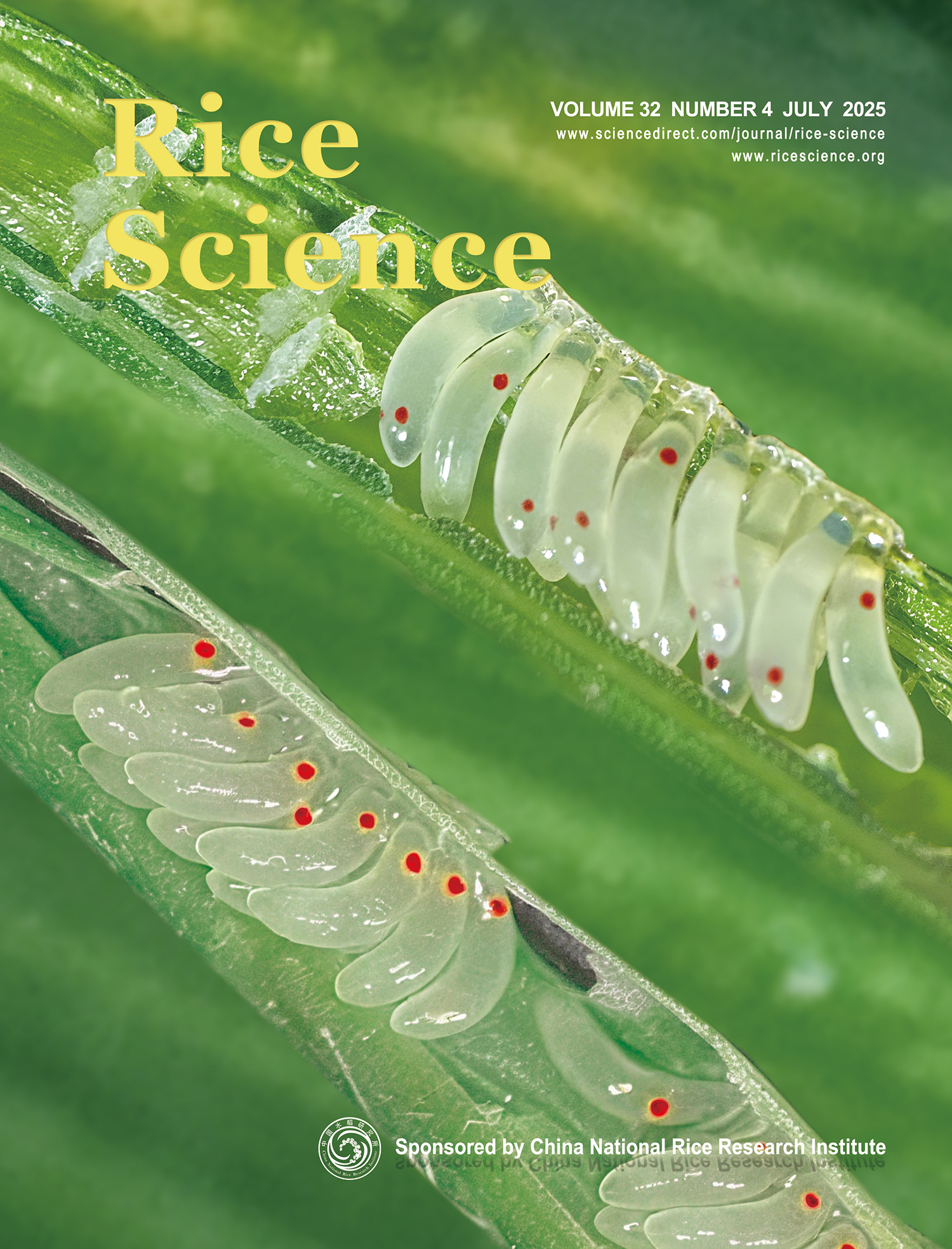Rice often suffers from pests, diseases, and weeds throughout its life cycle. The management of pests, diseases, and weeds with agrochemicals increases production costs and results in pesticide residues. Developing new germplasm and varieties with multiple resistances is the most economical, sustainable, and efficient way to solve these problems. In this study, marker-assisted backcrossing was used to pyramid multiple resistance genes, resulting in the development of a penta-resistance restorer line, B2A1920. This line was evaluated for its agronomic traits and resistance to diseases, pests, and herbicides. It was confirmed that B2A1920 contains the herbicide resistance gene Bar, the lepidopteran pest resistance gene Cry2Aa, the bacterial blight (BB) resistance gene Xa23, the blast resistance gene Pi2, and the brown planthopper (BPH) resistance genes Bph14 and Bph15. These genes confer resistance to glufosinate, lepidopteran pests, BB, blast, and BPH, respectively, while the line also exhibits elite agronomic traits. Its hybrids, Gui A × B2A1920, Quan 9311A × B2A1920, Yexiang A × B2A1920, Xianglong A × B2A1920, Tiantai A × B2A1920, and Shen 9A × B2A1920, likewise showed penta-resistance and superior agronomic performance. These results indicate the successful development of a cytoplasmic male sterile restorer line with high combining ability and penta-resistance.

